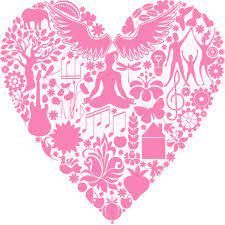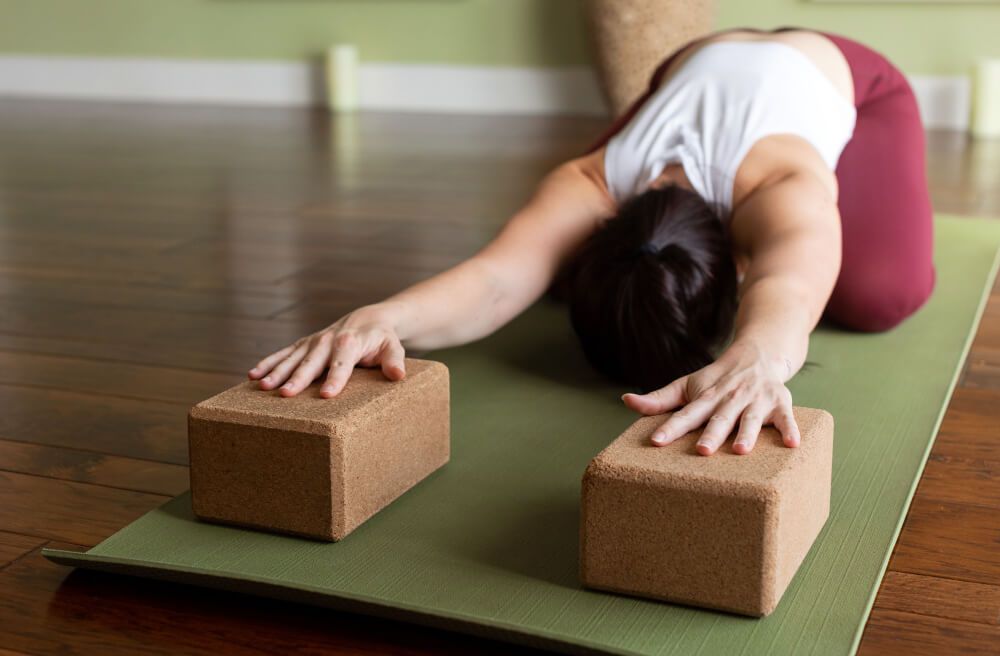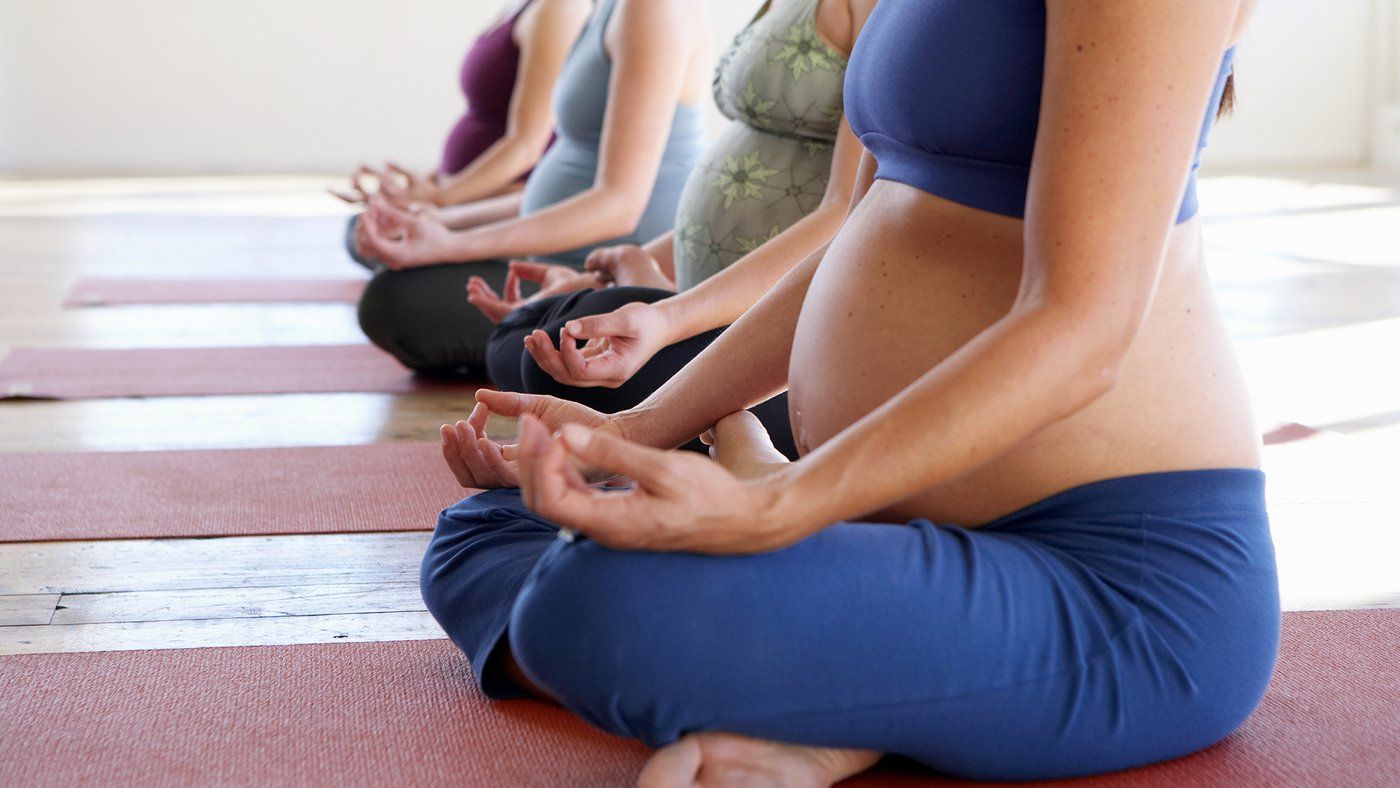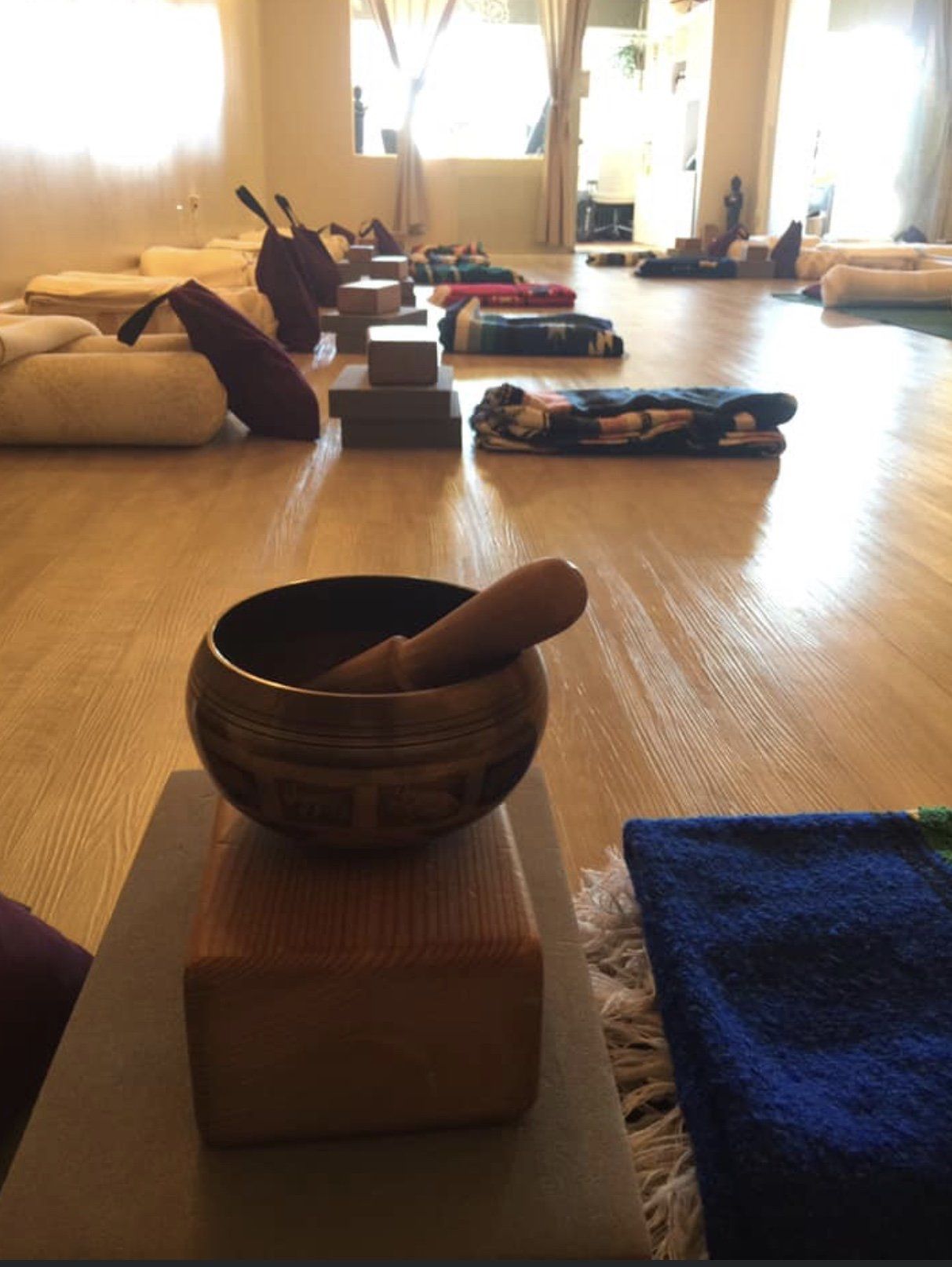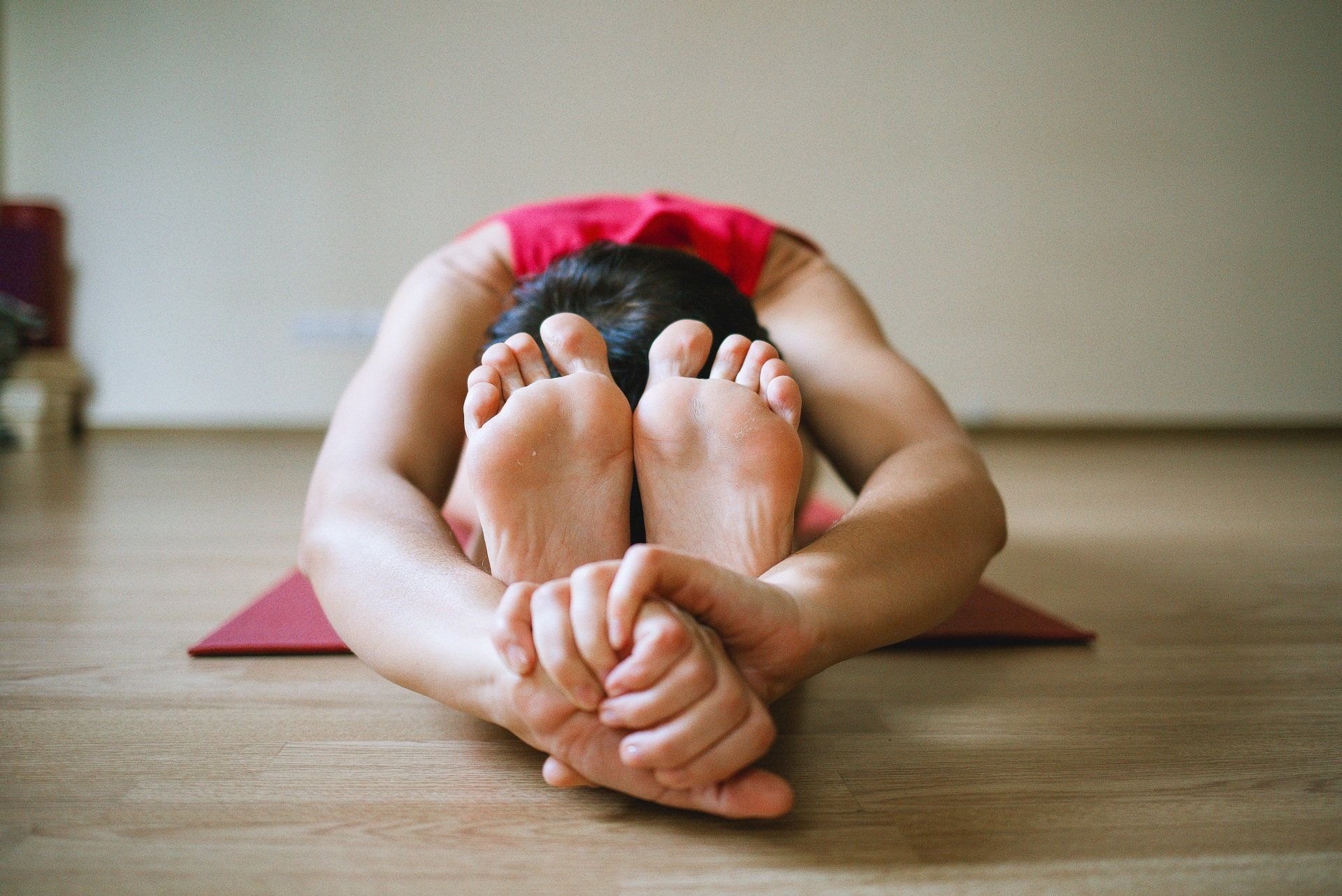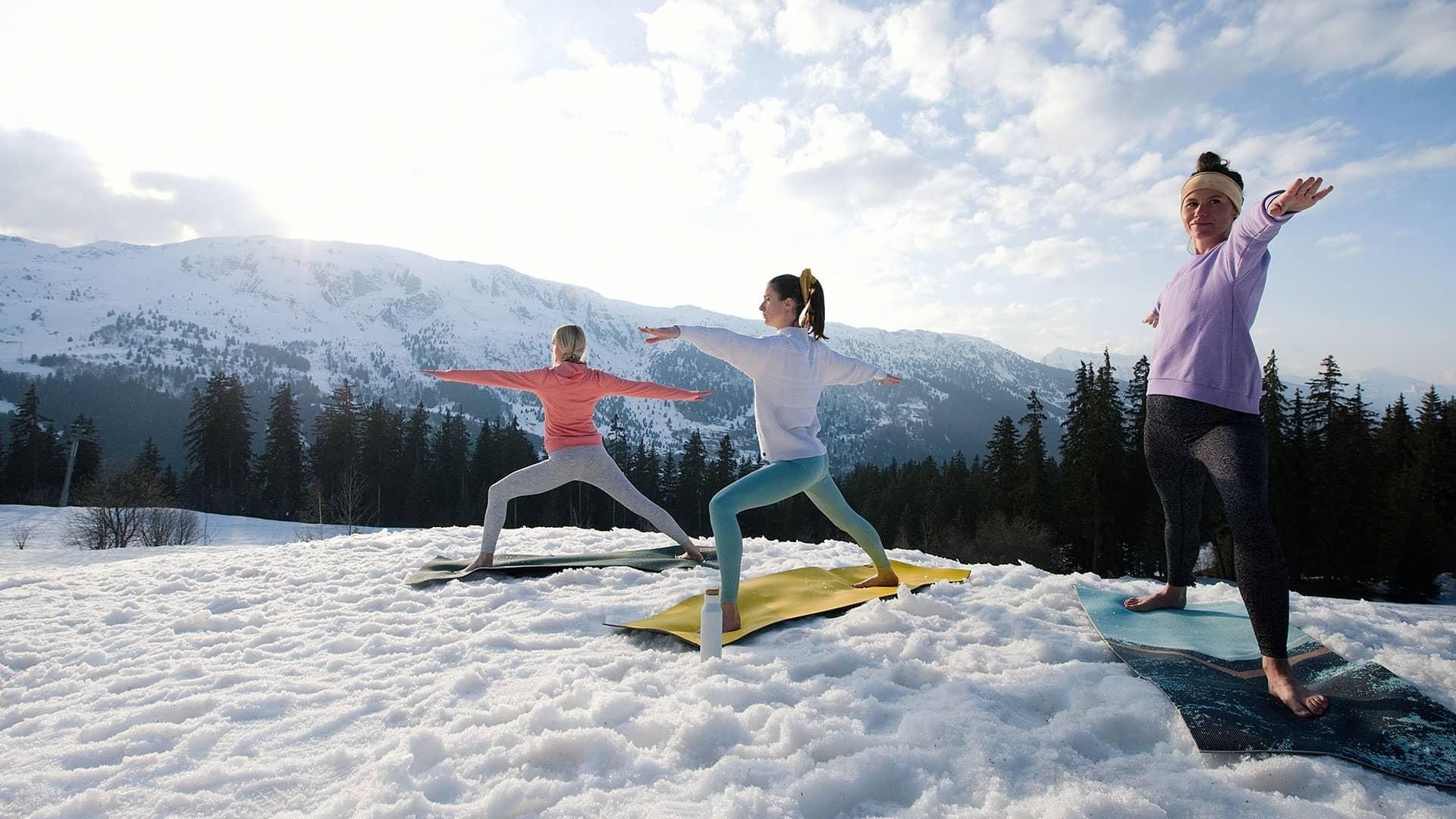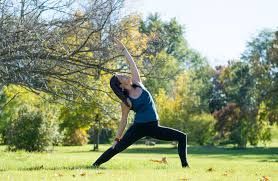Meditation Training to Elevate Your Practice
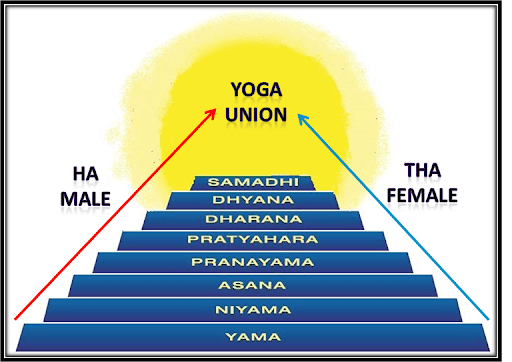
The majority of people go to yoga classes to enhance their physical fitness and, in most cases,
postures are taught as a way to promote the health of the body. However, one of the
foundational texts of yoga, Yoga Sutras of Patanjali, teaches us that yoga is process of the mind.
The mind is dual in nature. It has a female component and a male component. The Yoga Sutras
of Patanjali is a synthesis and organization of the complete understanding of the unification of
male and female consciousness through the practical application of yoga science.
Hatha Yoga
Yoga is a Sanskrit word meaning “union”. Hatha yoga is all of the different styles of yoga that
incorporate the physical practice of postures to create union. Popular examples of Hatha yoga
are Ashtanga, Bikram, Kundalini, and Iyengar. Besides implying the pathway to union is through
the physical body, “Hatha” also indicates the specific union that is taking place.
Ha means “sun”. Tha means “moon”. The sun is the male, warm, active energy, corresponding
to the left brain and right side of the body. The moon is the female, cool, passive energy,
corresponding to the right brain and left side of
the body. Hatha yoga then is the marriage of your
male and female nature.
The Sutras
A sutra is a brief sentence or thread that sews
together the knowledge of yoga. The Yoga Sutras
are a collection of 196 sutras arranged into four
chapters that provide a practical delineation of the
journey from the duality of the mind to the
freedom of unified consciousness.
The second sutra explains that yoga is the cessation of fluctuations in consciousness. When
male and female consciousness is separate, you are always of two minds. It’s like the old Mini-
Wheats commercial where Mr. Mini Wheat visits the psychiatrist because he is having an
identity crisis. On one hand, he is a nutritious breakfast cereal made with 100% whole wheat.
On the other hand, he has a tasty little frosting on his back. He fluctuates between one aspect
of himself and another. This is like the fluctuations in consciousness created by the
independent male and female aspects. Steady state awareness arises when these two equal
and opposite forces are integrated.
Eight Limbs
Yoga is a science with a specific method for unifying these polar expressions of consciousness.
Patanjali detailed the eight limb process for integrating the mind and realizing the state of yoga
or union.
The eight limbs of yoga are yama (moral standards), niyama (self-disciplines), asana (postures),
pranayama (breath control), pratyahara (sense withdrawal), dharana (concentration), dhyana
(meditation) and Samadhi (even-mindedness).
Posture, you see, is only the third of eight limbs. By itself, it is an incomplete union. The
postures begin to balance the mind through aligning the body. Virabhadrasana II (Warrior II) is
performed on the right for the male energy and, then, on the left for the female. As one side
more clearly mirrors the other, the mind is brought closer to a point of balance.
Like a pendulum swaying, balance of the right and left expressions of the postures eventually
settles the mind to stillness in the centre between fluctuations. The body is brought to stillness
representing the inward settling of the mind. Sitting practice begins. The attention of the mind
is narrowed from the movement of the extremities into a focus on the movement of the breath
in the centre of the body. As the focus deepens on the breath, the senses are withdrawn more
and more from the outer environment to the inner. This is the onset of the fifth limb of
pratyahara.
With the senses turned inward, more and more of the mind is concentrated on the inner world.
This is dharana, concentration. Like compressing snow to build a snowball, the elements of the
mind are further and further concentrated inward until the state of meditation, the middle way,
is realized. At this point, the duality of the male and female have snuggled up close. They are
walking side by side down the aisle of consciousness. Soon the mirror is so complete, there is
no telling the male and female apart. Samadhi, equal-mindedness, is realized. The mind is
completely one-pointed. The two eyes associated with the duality of the male (right eye) and
female (left eye) have merged into one (third eye). You are able to see life as ‘it really is’ rather
than through the lens of duality. You have perfect vision.
In 2020, learn to see. Join Paul Larmer’s Meditation Instructor Certification and continue your
pilgrimage beyond asana through the higher limbs of yoga to the state of union where male and
female are one. The change in mind won’t only clarify your vision but transform your life.
To find out more about the program, visit www.MindBuilder.ca
and join Paul for the free
information session on December 8 from 3:30 – 4:30 pm at The Yoga Studio South Oak Bay.
Call 587-216-8438 now to reserve your seat.

